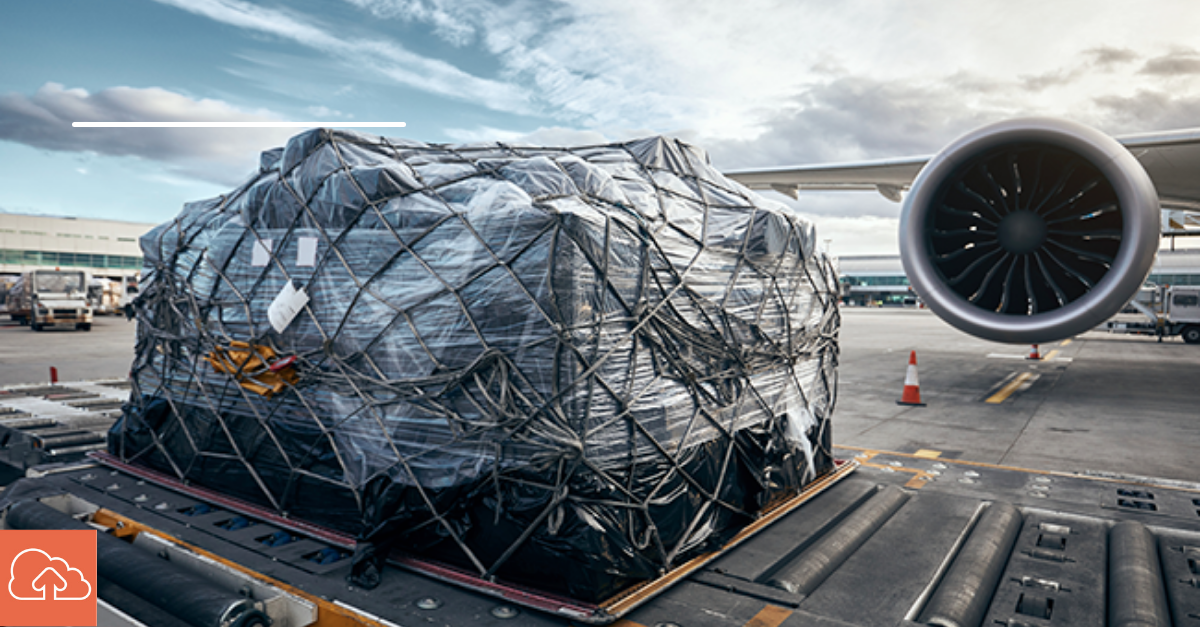While Q4 will bring unique challenges to the air cargo industry due to ongoing issues with the global supply chain, we remain confident that the strong growth we’ve seen over the past two years will only continue in the coming years. August 2021 numbers showed promising growth of global demand over pre-pandemic August 2019 numbers. Global demand for air cargo is up 7.7% measured in cargo tonne-kilometers (CTKs) which is 3% higher than the long-term average growth rate of 4.7%.
In a few weeks, our team will be in Dubai for the Dubai Airshow discussing the future of air cargo, and I will be highlighting SmartKargo’s significant learnings and points of view in this space. My presentation will examine how airlines can devise new strategies to adapt to the future of cargo by figuring out their role as they manage the supply chain and focusing on the things that make them most successful and profitable.
There has never been a more critical time to consider investing in a technology partner in the air cargo space. To prepare for tomorrow’s demands, airlines will need to establish means to get ahead. We maintain that to do that, airlines will need to embrace cutting-edge technology, enabling them to create new business models that are forward-looking and anticipatory. In essence, leverage technology to enforce what they want to do to grow revenue and make the most of the organic global growth, we’ve seen over the past 24 months.
And with that, airlines are now able to do one of several things with their air cargo business: keep their existing model, own part of the logistics supply chain, outsource the supply chain entirely, or conversely, own 100% of the supply chain. All can be made available to today’s airline. Airlines should not feel completely bound to their old way of operating with cargo and e-commerce. Depending on which model they choose, airlines will be able to decide how much control they want over their supply chain as they adapt to the future of air cargo. And with those decisions a corresponding revenue.
What we have seen with our partners is that there are a few key models that airlines can follow to generate critically important revenue from air cargo right now: palletized cargo, a combination of palletized and e-commerce cargo, and, most profitably, fully implemented e-commerce cargo. There is an incredible opportunity in the air for airlines who embrace e-commerce air cargo transport. Our team estimates that global airlines’ annual potential e-commerce revenue is upwards of $648.3 billion alone.
If you are searching for higher ROI with your air cargo, we suggest looking at e-commerce. The average package is smaller (2-4 kilograms) and is more profitable on a per kilogram basis than purely palletized cargo. E-Commerce packages can fit into the underutilized belly space of most narrow-body and wide-body passenger planes, and retailers can take advantage of an airline’s pre-existing flights and fleet.
While we don’t profess to have every answer of what will happen in the next few years of air cargo, one thing is certain. There is room for e-commerce, and for airlines that choose to embrace owning more of the supply chain and optimizing the trends just described, ROI will follow.




